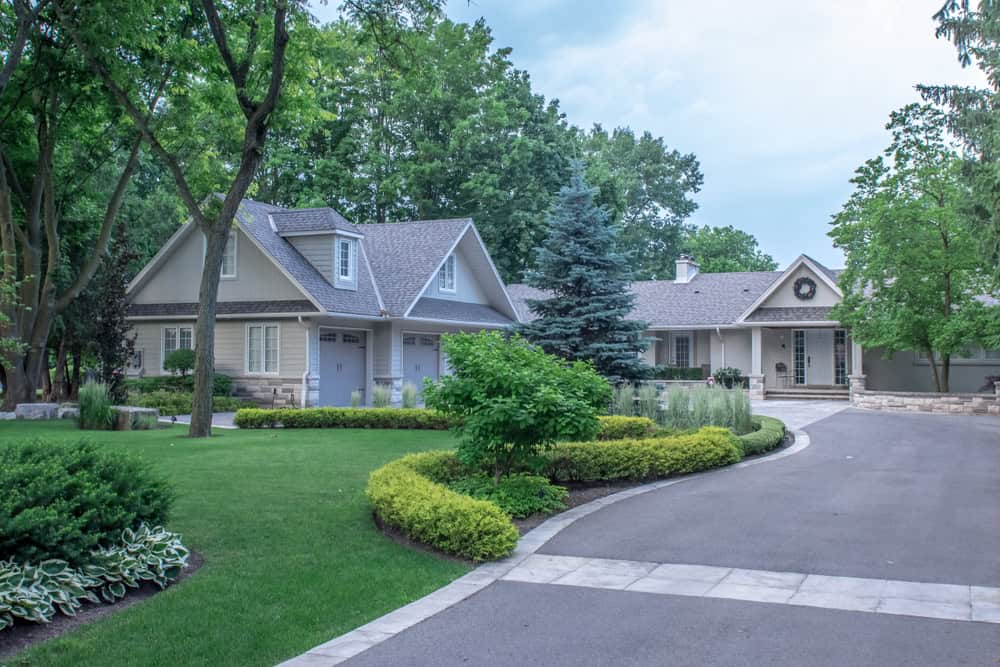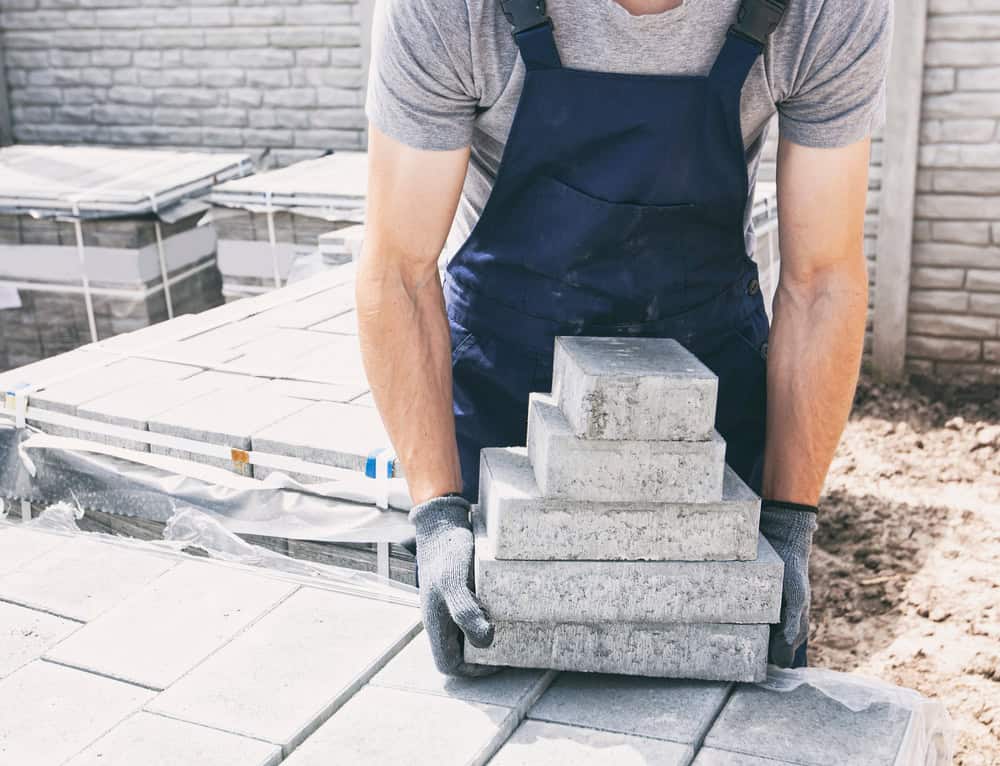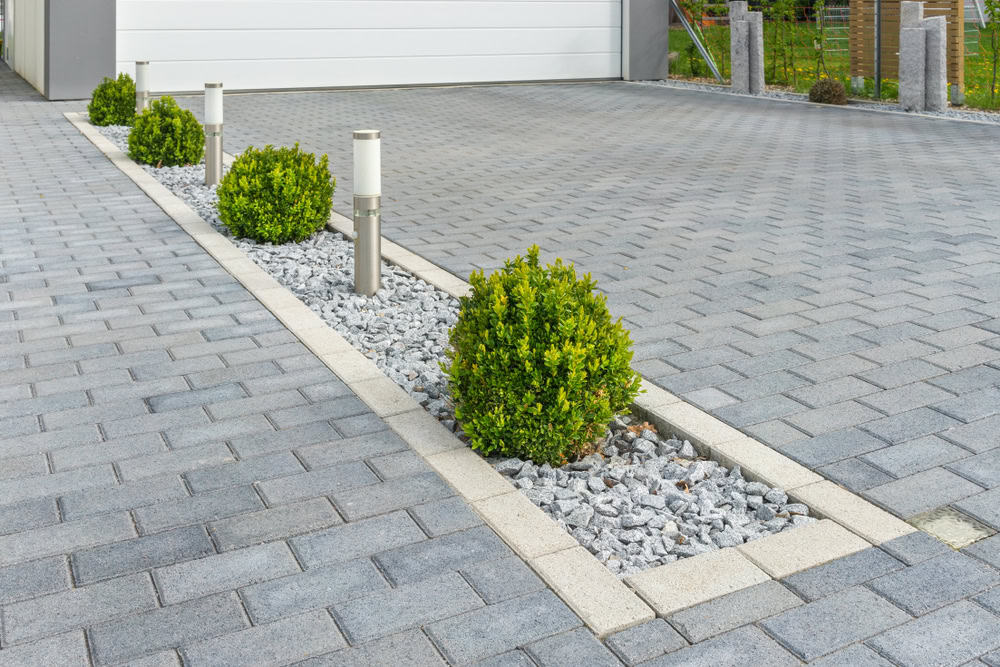Professional paver installation that increases your property value while creating the outdoor living space you actually want to use.


Your cracked concrete headaches disappear. No more worrying about settling, staining, or that inevitable crack that splits your patio down the middle every few years.
You get an outdoor space that handles New England weather without breaking down. Freeze-thaw cycles that destroy concrete barely affect properly installed pavers. Individual stones can shift and settle without creating the structural problems you see with solid concrete slabs.
The drainage issues that create ice patches and standing water get solved during installation. Proper base preparation and joint sand allow water to move through the surface instead of pooling on top. Your patio becomes usable faster after storms, and you eliminate those dangerous ice spots that form when water has nowhere to go.
We’ve been handling paving installation in Hingham and the South Shore for years. We understand how coastal weather affects outdoor surfaces and what it takes to build hardscaping that lasts in this environment.
Most paving problems come from shortcuts during installation, not material failure. We don’t skip the base preparation or use inadequate materials because we know you’ll call us back in three years when things start failing. Our reputation depends on projects that still look good a decade later.
We work with homeowners who want their investment protected. That means proper permits when required, detailed project planning, and installation methods that account for local soil conditions and drainage patterns.

We start with a site evaluation to understand your drainage patterns, soil conditions, and how the finished surface needs to function. This determines the base depth, material choices, and any drainage solutions we need to incorporate.
Excavation and base preparation take up most of the project timeline, but this is where quality gets built in. We remove the existing surface, grade for proper drainage, and install the aggregate base in lifts. Each layer gets compacted to specifications before the next goes down.
Paver installation happens relatively quickly once the base is right. We set edge restraints, place the bedding sand, install the pavers according to your chosen pattern, and complete the joint filling. You can walk on the surface immediately, and it’s ready for normal use within 24 hours.

Ready to get started?
Every paving installation includes complete site preparation, proper base materials, edge restraints, and professional-grade joint sand. We don’t charge extra for basic drainage solutions or minor grade adjustments that are part of doing the job right.
You choose from concrete pavers, natural stone, or brick paving depending on your budget and aesthetic preferences. We source materials from established suppliers and can show you samples from completed local projects so you know exactly what to expect.
Hingham’s coastal environment requires specific attention to salt air resistance and drainage. We account for these factors in material selection and installation methods. The finished surface needs to handle everything from summer entertaining to winter snow removal without deteriorating.

Local Resources